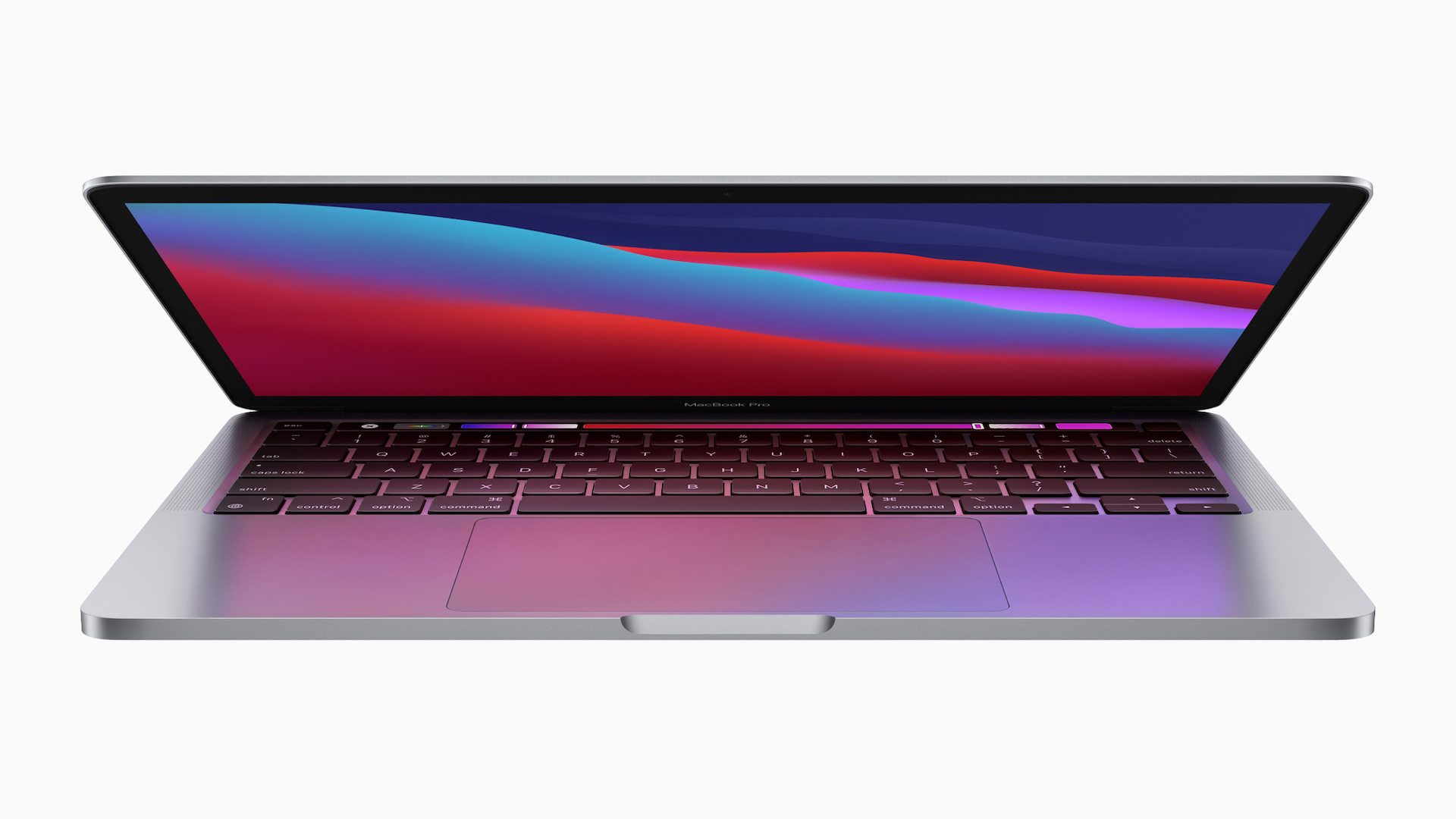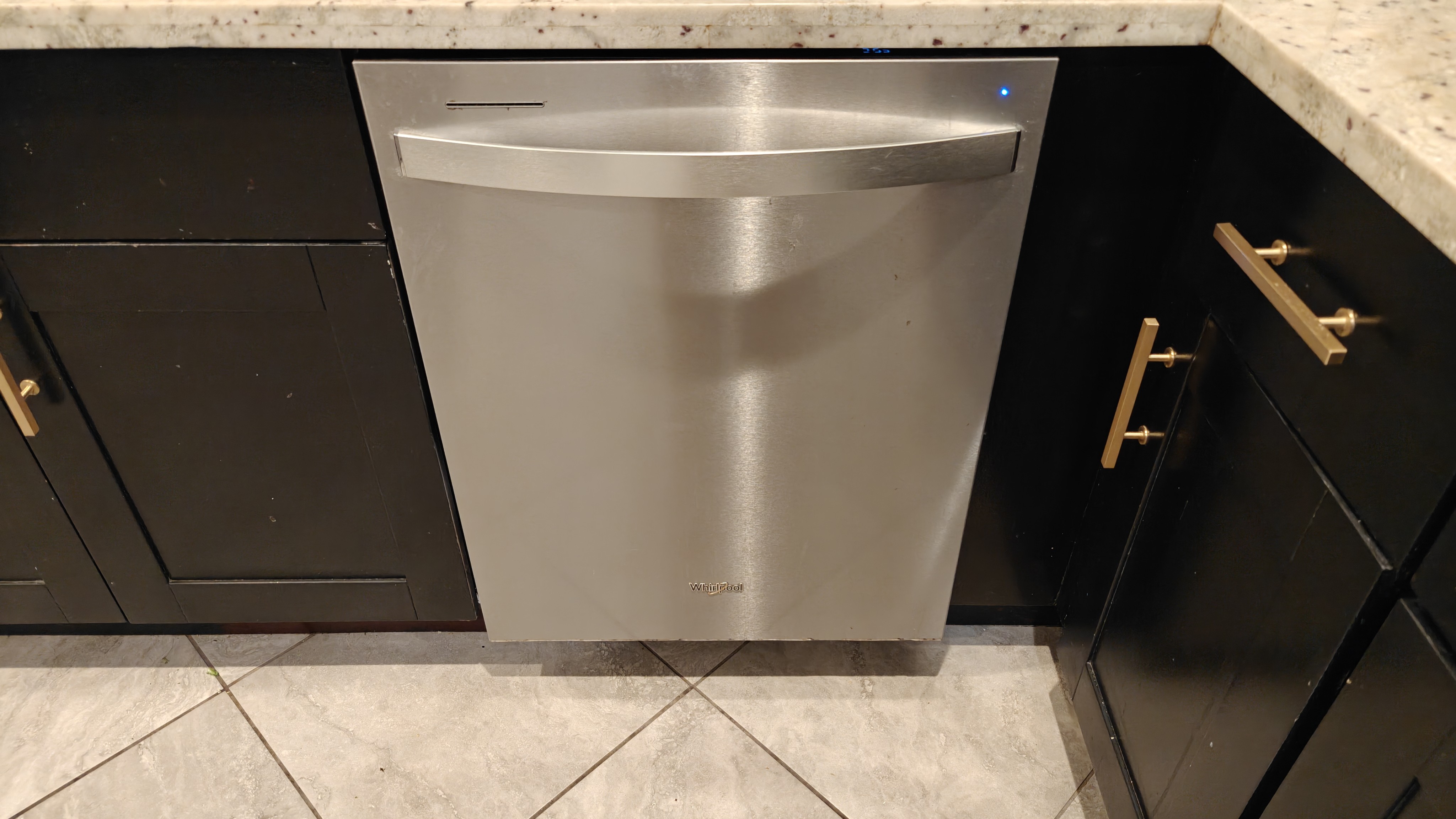Top Ten Reviews Verdict
Apple’s new M1 chip brings transformative performance and huge battery life gains, on top of the lessons the tech giant has learned from its laptop range in recent years. It’s not cheap, but it’s a forward-thinking device that’s perfect for casual and pro-end consumers.
Pros
- +
M1 offers stunning performance
- +
Best battery life on a laptop
- +
Almost silent, even during more intensive tasks
Cons
- -
Not the cheapest 13-inch laptop around
- -
Long-running design not all that exciting
- -
FaceTime camera is better, but still lacking
Why you can trust Top Ten Reviews
The Apple M1 MacBook Pro 13-inch is here and Apple’s transition to its own custom processors has been a long time coming, and while Intel-based Macs are still available, the company is betting big on its M1 architecture.
Essentially pulling multiple components into one, power-efficient chip, Apple’s laptops see huge performance and battery life improvements to offer the best laptops the company has ever made, and easily one the best laptops period. Alongside the Mac mini and MacBook Air, the 13-inch MacBook Pro marks the first appearance of the chipset in a pro-level device.
But is it worth the upgrade if you’re using an Intel-based Mac? And does it breathe new life into a product line that hasn’t changed its design in quite some time?
Apple M1 MacBook Pro 13-inch review
Apple M1 MacBook Pro 13-inch: Design
It would be fair to say that the MacBook Pro’s overall design hasn’t changed a great deal in the last few years, and many will argue that’s no bad thing. While many (including this writer) bemoan the lack of the light-up Apple logo, Apple’s laptop line continues a design theme that’s gone mostly unchanged over generations.
With the advent of the M1 MacBook Pro, though, it’d be fair to say that it’s all brought into stark contrast. While the innards of the M1 MacBook Pro positively sing, there’s still a 13-inch display with thick black bezels, with the rumored 14-inch panel still a way off.
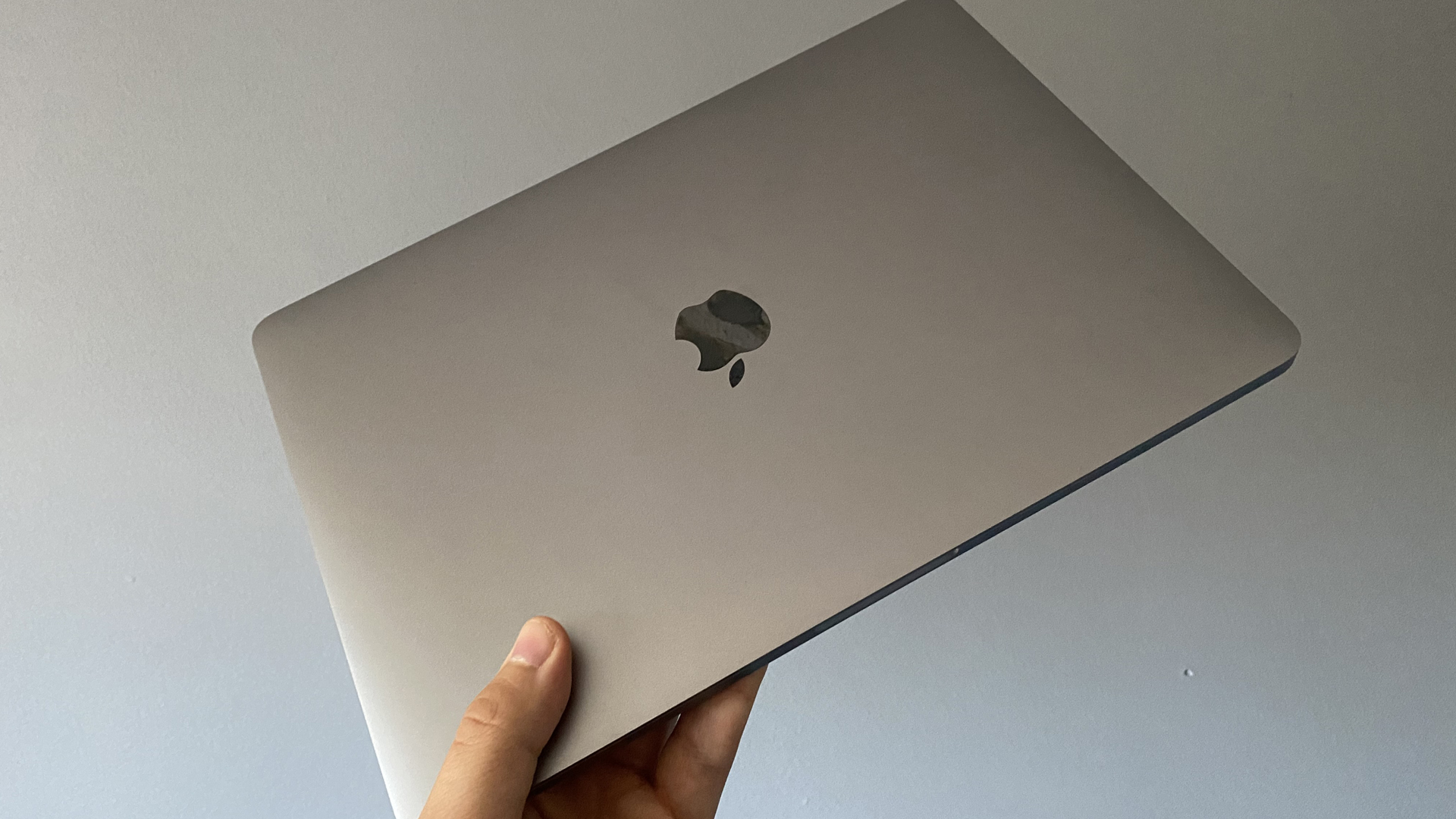
While the inclusion of the TouchBar will undoubtedly come down to personal preference (it’s mandatory with M1 versions), the keyboard here is the same refined mechanism that eschews the ill-fated ‘butterfly’ setup in years prior.
Ports-wise, there are a pair of USB-C ports on the left that support Thunderbolt 3, while the right-hand side offers a solitary headphone jack.
Sign up to receive the latest news, reviews, buying guides and deals direct to your inbox
Finally, the FaceTime camera embedded in the top bezel is still just 720p. While there is reduced noise and better face detection, it still pales in comparison to comparable (and cheaper) laptops.
Apple M1 MacBook Pro 13-inch: Performance
Apple has been using its own chips in phones and tablets (and even its headphones) since day one, and the M1 feels like a natural continuation of that.
It replaces the CPU, GPU, input/output, and plenty more, offering a single chip that does the job of dozens of components. That means signals don’t need to be spread out around multiple pieces of technology, delivering a huge leap in battery life.
It significantly improves performance, too. While Intel-based MacBook Pros are no slouches, the M1 offers almost a 3x speed boost from the prior generation and up to 5x faster graphics. That means the M1 MacBook Pro approaches desktop levels of performance in a small laptop.
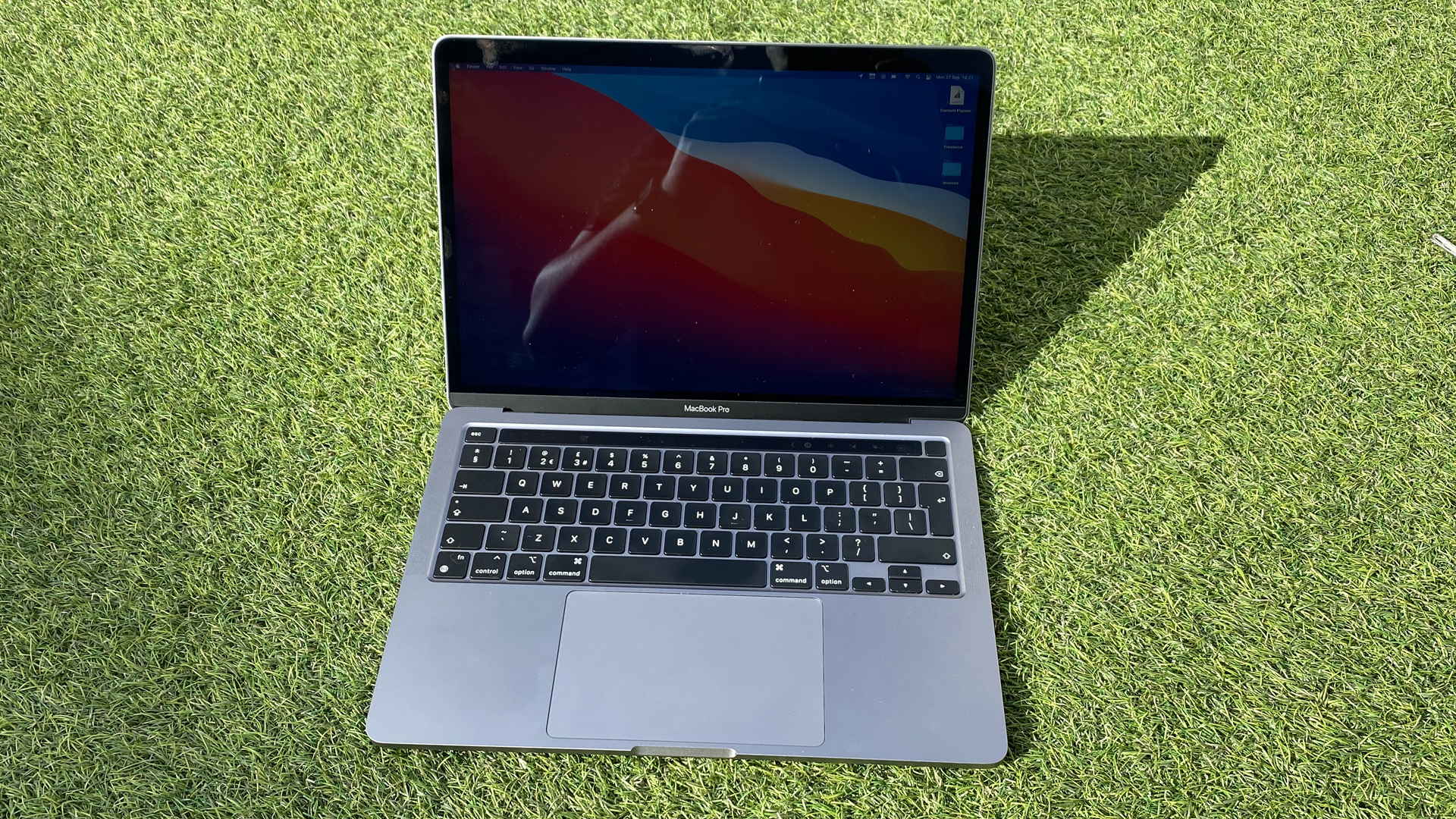
Whether editing photos, audio, or even videos, the M1 just doesn’t skip a beat. If you push it really far you can get its fan to spin up, sure, but it’s nigh-on impossible to do so - and that’s with 8GB of RAM.
While the M1 chip means developers have a new variable to work with, it works with anything you’d run on your Intel Mac thanks to Rosetta translation. Rather than emulating an Intel Mac, the M1 actually rewrites and translates the application into a version that runs better on Apple’s new architecture - all without users needing to do anything.
That’s not the only big boon, though, with Apple developers now freed to enable their iPhone and iPad apps to run natively on the MacBook Pro M1. While there’s no touch support, it means the App Store ecosystem has never felt tighter - and means that online banking no longer needs to be the domain of websites.
Apple M1 MacBook Pro 13-inch: Display and audio
Despite the new M1 processor, much of the rest of the MacBook Pro remains unchanged. You’ll still get a 13.3-inch Retina display with 500 nits brightness, and you can output to a single external display while still using the laptop’s own screen.
Audio-wise, there’s Dolby Atmos support through the small speakers on either side of the keyboard, and they’re impressive - if lacking in the depth found from the 16-inch version. As with that model, though, Apple offers an excellent three-mic array.
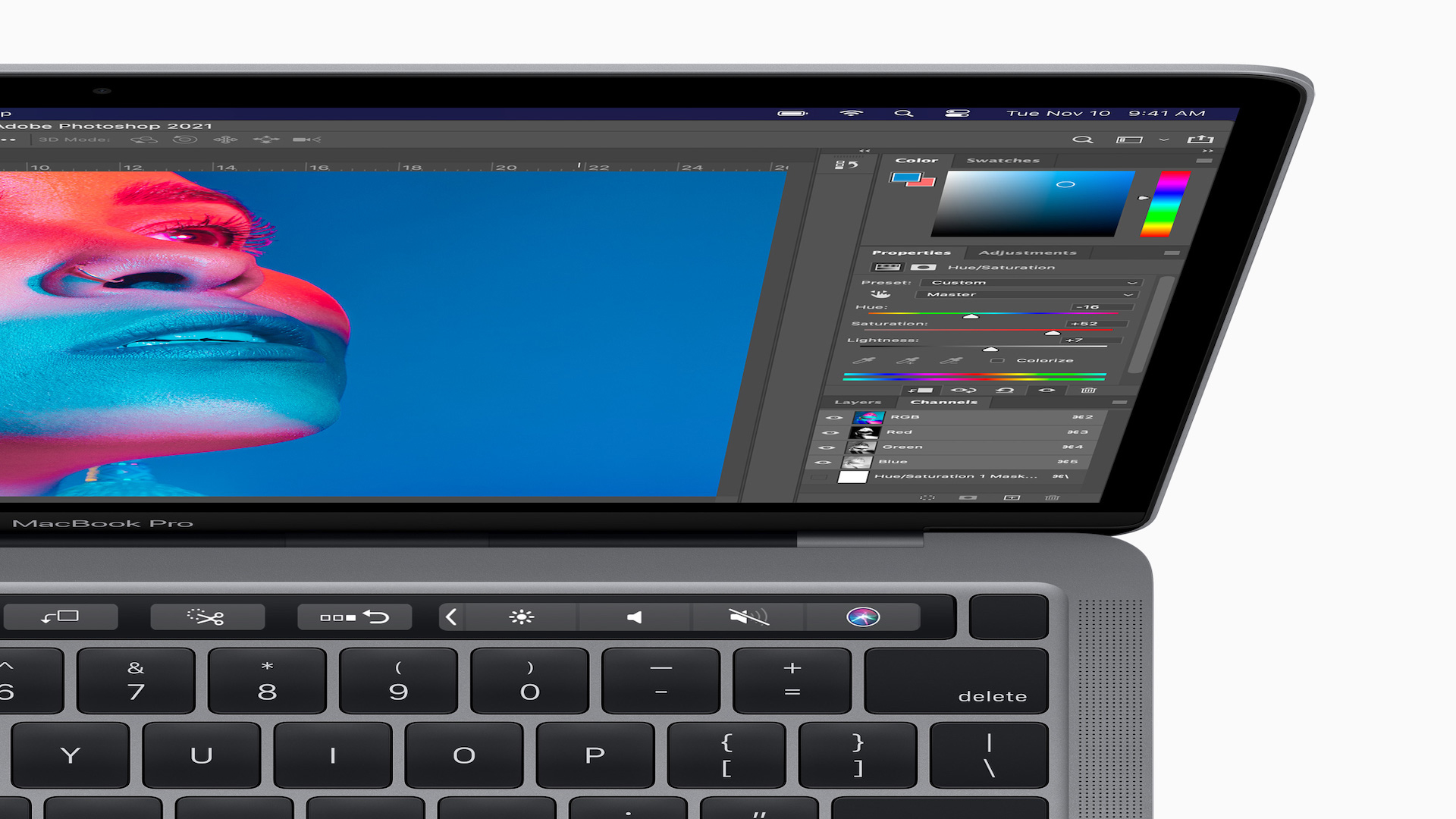
While recording audio, or even acoustic guitar, sounds great on the Intel-based 16-inch MacBook Pro, the difference is in the M1 version’s fan noise. While the M1 MacBook Air is now fan-less, the M1 MacBook Pro does have one - but it simply doesn’t spin up unless it’s really pushed.
It’s a far cry from trying to record a few lines of audio and being drowned out by fan noise.
Apple M1 MacBook Pro 13-inch: Battery life
Aside from the performance improvements afforded by the M1 chip, the battery life is another beneficiary of the more streamlined processor workflow.
Apple touts around 17 hours of wireless web browsing, and in our testing, that was pretty spot on. In that time, though, we could shut the laptop for hours and then return to it, almost as if it were an iPad. Because the M1 uses efficiency cores for the majority of day-to-day work, while also offering high-performance cores for more intensive tasks, it only really sips the battery when the laptop is asleep.

Charging is via USB-C, but we were able to go days without reaching for a charger. The battery life is truly remarkable, even when spending time editing audio or photos in GarageBand and Photoshop respectively.
Apple M1 MacBook Pro 13-inch: Price
As with many Apple products, the M1 MacBook Pro doesn’t come cheap - starting at $1,299 with a 256GB SSD.
RAM can be doubled from 8GB to 16GB, and SSD storage goes up to a whopping 2TB - but with a price to match.
Should you buy an Apple M1 MacBook Pro 13-inch?
If you’re looking for a powerful yet portable laptop, there really is nothing better. The combination of M1’s power and efficiency makes the M1 MacBook Pro (and the MacBook Air) the portable laptop to beat.
If you’re currently using an Intel-based Mac, the difference is night and day, but your display size preference may facilitate waiting for the seemingly inevitable 16-inch M1 laptop.

Lloyd Coombes is Top Ten Reviews' Computing Customer Advisor, and a freelance writer with a specialism in tech, gaming, and fitness. Since starting out as a blogger, he’s written for sites like IGN, TechRadar, and more.
An expert on all things Apple ever since he got a second-hand iMac, Lloyd can regularly be found testing software on iPhone, iPad, Apple Watch and Mac — when he’s not testing the platforms themselves, that is. He’s also Dexerto.com’s Games Editor, and a podcaster.
When he’s not writing, you can probably find him running after his son, playing Destiny 2, or at the gym.
